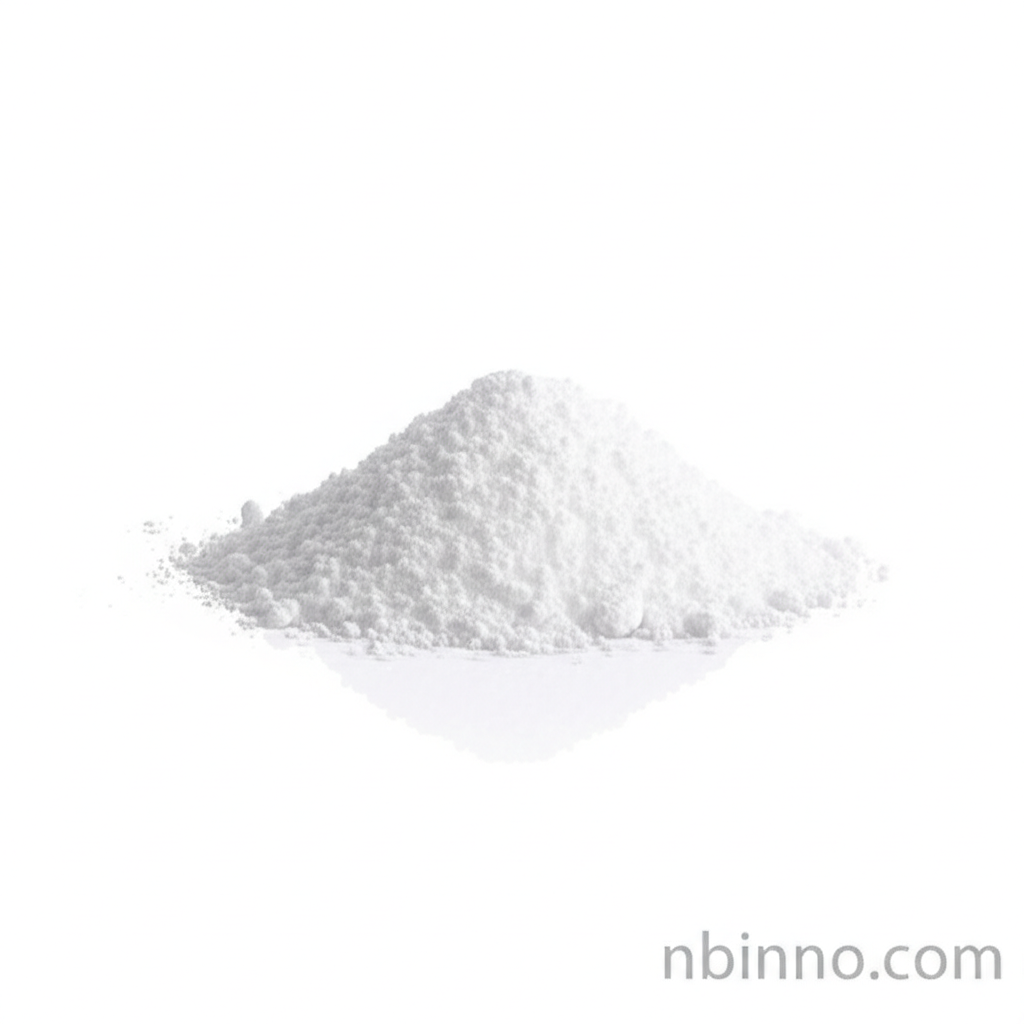Dimethyl Pyridine-2,5-Dicarboxylate: A Critical Intermediate for Advanced Pharmaceuticals
Unlock the potential of potent antitumor agent synthesis with this key fine chemical building block.
Get a Quote & SampleProduct Core Value

Dimethyl Pyridine-2,5-Dicarboxylate
This compound serves as a crucial intermediate in the synthesis of potent antitumor agents, positioning it as a vital component in the development of novel cancer therapies. Its well-defined chemical structure and reactive functional groups make it an indispensable building block for pharmaceutical research and development.
- Leveraging dimethyl pyridine-2,5-dicarboxylate for potent antitumor agent synthesis highlights its primary application in developing next-generation cancer treatments.
- The compound's utility as a key intermediate in pharmaceutical synthesis underscores its importance in the drug development pipeline.
- Exploiting CAS 881-86-7 for pharmaceutical synthesis allows researchers to access a reliable source for critical therapeutic agents.
- As a versatile fine chemical for drug development, it aids in the creation of advanced pharmaceutical products.
Advantages Offered
High Purity Intermediate
With a purity typically exceeding 98%, this compound ensures reliable and reproducible results in complex organic synthesis, supporting the creation of high-quality pharmaceutical products.
Versatile Reactivity
The pyridine ring and ester functionalities provide diverse reaction pathways, making it suitable for a wide range of chemical transformations in pharmaceutical research.
Essential for Targeted Therapies
Its role as an intermediate in potent antitumor agent synthesis means it directly contributes to the development of life-saving cancer medications.
Key Applications
Antitumor Agent Synthesis
The primary application involves its use as a fundamental building block in the intricate synthesis pathways leading to potent antitumor agents, crucial for cancer research.
Pharmaceutical Synthesis
Beyond specific antitumor applications, it functions as a versatile intermediate in broader pharmaceutical synthesis, facilitating the creation of various medicinal compounds.
Organic Synthesis Intermediate
Its chemical structure makes it a valuable intermediate in general organic synthesis, enabling the development of new compounds and materials across different industries.
Research and Development
Essential for R&D, this compound supports the exploration of new chemical entities and therapeutic strategies, particularly in oncology and medicinal chemistry.
